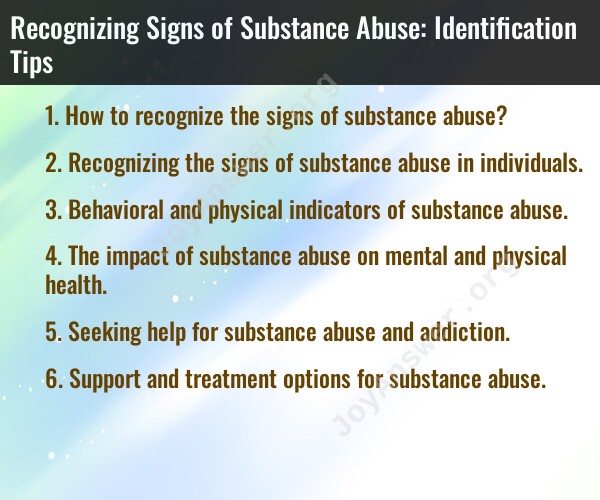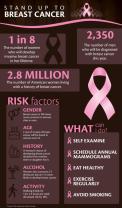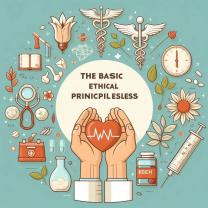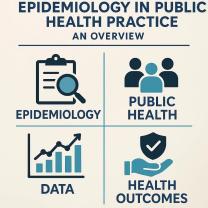How to recognize the signs of substance abuse?
Recognizing the signs of substance abuse can be crucial for early intervention and support. However, it's important to note that the signs and symptoms can vary depending on the type of substance being abused, the individual's tolerance, and other factors. Here are some general identification tips to help you recognize potential signs of substance abuse:
Physical Signs:
- Changes in Appearance: Look for sudden, unexplained changes in appearance, such as weight loss, pale skin, bloodshot eyes, or unkempt hygiene.
- Slurred Speech: Slurred or incoherent speech may indicate alcohol or drug use.
Behavioral Signs:
- Sudden Mood Swings: Frequent and abrupt changes in mood and behavior can be a sign of substance abuse.
- Social Isolation: Individuals may withdraw from social activities, friends, and family.
- Neglecting Responsibilities: Neglecting work, school, or household responsibilities is common among those with substance abuse issues.
- Frequent Lying and Secrecy: A person may become secretive about their activities and engage in dishonesty.
- Defensiveness: Becoming defensive or evasive when questioned about substance use.
Psychological Signs:
- Changes in Mental Health: Substance abuse can lead to symptoms of anxiety, depression, paranoia, or hallucinations.
- Memory and Concentration Problems: Difficulty with memory, attention, and concentration may be evident.
Social Signs:
- Changes in Social Circle: A person may start associating with a new group of friends who are involved in substance abuse.
- Financial Problems: Frequent borrowing of money, selling personal belongings, or facing financial difficulties.
Physical Signs and Symptoms:
- Bloodshot Eyes: Red or bloodshot eyes can be indicative of drug use.
- Unexplained Injuries: Frequent injuries or accidents without a clear explanation.
- Changes in Appetite: Significant changes in eating habits or weight fluctuations.
- Tremors or Shakes: These may be seen in alcohol or drug withdrawal.
Drug Paraphernalia:
- The presence of drug paraphernalia, such as pipes, needles, rolling papers, or pill bottles, can be a clear sign of substance abuse.
Changes in Daily Routine:
- Drastic changes in daily routines, sleep patterns, and eating habits.
Frequent Unexplained Illness:
- Repeated or prolonged illnesses that don't have an obvious cause.
Poor Performance:
- A noticeable drop in academic or work performance.
Legal Issues:
- Frequent encounters with law enforcement, such as arrests or legal troubles related to substance use.
Drug Odor:
- The presence of unusual smells on a person's clothing or in their living space, which may be associated with drug use.
It's important to approach the situation with empathy and sensitivity. If you suspect someone is struggling with substance abuse, consider having an open and nonjudgmental conversation with them. Encourage them to seek professional help or support groups.
Keep in mind that substance abuse is a complex issue, and individuals may deny or downplay their problems. In such cases, seeking the guidance of a mental health professional or addiction specialist can be valuable in helping someone get the assistance they need.
Recognizing the signs of substance abuse in individuals
There are a number of signs that may indicate that an individual is struggling with substance abuse. Some common signs include:
- Behavioral changes: Changes in behavior, such as becoming withdrawn, secretive, or irritable, can be a sign of substance abuse.
- Physical changes: Physical changes, such as bloodshot eyes, slurred speech, or changes in appetite, can also be a sign of substance abuse.
- Problems at work or school: Problems at work or school, such as decreased performance or absenteeism, can be a sign of substance abuse.
- Relationship problems: Relationship problems, such as arguments or conflict with family and friends, can be a sign of substance abuse.
- Financial problems: Financial problems, such as unpaid bills or theft, can be a sign of substance abuse.
Behavioral and physical indicators of substance abuse
Behavioral indicators of substance abuse can include:
- Changes in mood or behavior, such as becoming irritable, withdrawn, or aggressive
- Neglecting responsibilities at work, school, or home
- Spending more time and money on obtaining and using substances
- Engaging in risky or dangerous behaviors while under the influence of substances
- Experiencing legal problems as a result of substance use
Physical indicators of substance abuse can include:
- Bloodshot eyes
- Changes in appetite or weight
- Slurred speech or impaired coordination
- Tremors or shaking
- Fatigue or lethargy
- Changes in sleep patterns
- Physical injuries or accidents
The impact of substance abuse on mental and physical health
Substance abuse can have a significant impact on both mental and physical health. Some of the potential health consequences of substance abuse include:
- Mental health problems: Substance abuse can increase the risk of developing mental health problems, such as depression, anxiety, and psychosis.
- Physical health problems: Substance abuse can damage the heart, liver, lungs, brain, and other organs.
- Addiction: Substance abuse can lead to addiction, a chronic disease that is characterized by compulsive drug seeking and use, despite the negative consequences.
Seeking help for substance abuse and addiction
If you are concerned that you or someone you know may be struggling with substance abuse, it is important to seek help. There are a number of treatment options available, including:
- Detoxification: Detoxification is the process of safely withdrawing from substances.
- Rehabilitation: Rehabilitation programs can provide individuals with the support and tools they need to overcome addiction.
- Therapy: Therapy can help individuals to address the underlying causes of their addiction and develop healthy coping skills.
- Medication-assisted treatment: Medication-assisted treatment can be used to help individuals stay abstinent from substances and to manage cravings.
Support and treatment options for substance abuse
There are a number of support and treatment options available for individuals struggling with substance abuse. Some common options include:
- Twelve-step programs: Twelve-step programs, such as Alcoholics Anonymous and Narcotics Anonymous, provide peer support to individuals who are working to overcome addiction.
- Support groups: Support groups can provide individuals with a safe and supportive environment to share their experiences and learn from others.
- Professional counseling: Professional counseling can help individuals to address the underlying causes of their addiction and develop healthy coping skills.
- Inpatient treatment: Inpatient treatment programs provide individuals with 24/7 care and support in a structured setting.
- Outpatient treatment: Outpatient treatment programs allow individuals to continue living at home while attending treatment sessions.
If you or someone you know is struggling with substance abuse, there is help available. Please reach out to a healthcare professional or a treatment center for more information.













